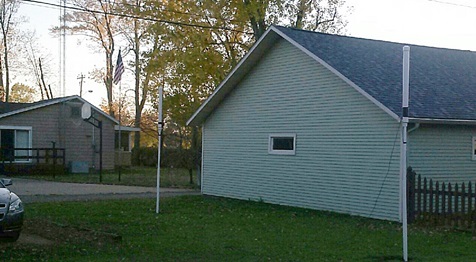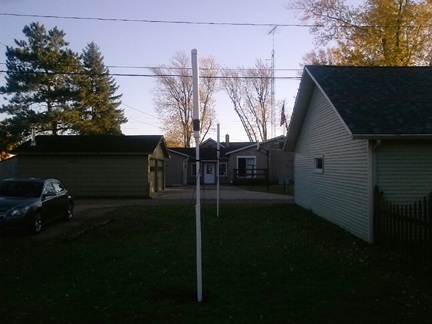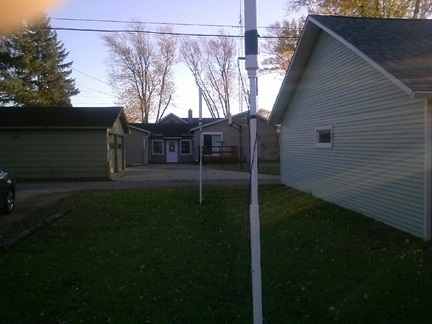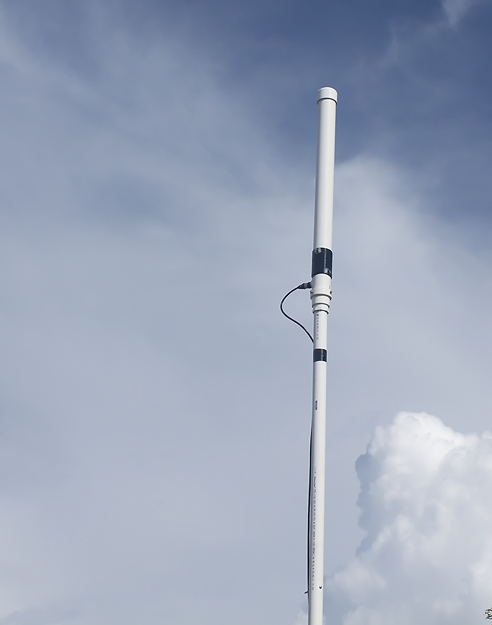 Best in Class |
Note that this website uses tracking cookies. By viewing these pages you are automaticlly consenting. Survivor Antennas Updated 5/22/2022
|
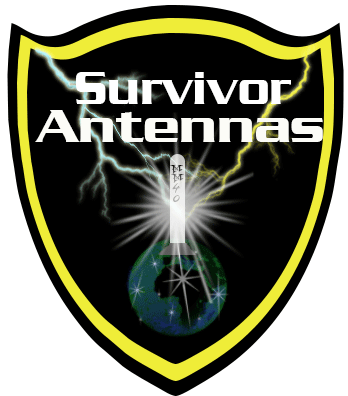 |
|
|
A Mobile CB antenna is in the works, check back soon. Also a new base station CB antenna is in the works . A SWL short wave listening antenna capable of 1.8 to 50 mhz recieve with low noise characteristics is still on the drawing table, just too many projects and not enough time. note: You may contact me with questions at any time. Use the Contact us link to the left. For those of you who have the calculator program I offered, you may freely use it until further notice. It is safe to use, has no back door or advertising or virus.
Testing results on Paired Antennas for 80 meters Months of testing over the fall and winter of
last year has rendered some surprising performance results! Another discovery was the paired array works very well on some of the other (harmonically related) bands. Particularly 17 meters (lots of contacts and dx) and also on 20 meters with a tuner. It was also tuned to 40 thru 15 meters and loaded well with just the internal tuner in an Icom-756. Click pictures for a larger view. August 30, 2011 See below for a unrevealed feature of the design...... I'm working on a 2 meter design that has been field tested for months now. It is 1.5 inches long and has 2dbd of gain referenced to a 1/4 ʎ ground plane. Also a second generation is in the works with even more gain.
Recently I had the honor and privilege to test a new
design with a friend who works in the cell phone industry. He has
a very expensive service monitor made by Anritsu and Motorola. I
built a full size 1/4 wave ground plane for 2 meters to compare to the
new design and testing was performed outside the direct field of one
wavelength. Gain indicated as compared to the ground plane was
measured at 2 dbd which is amazing considering the antenna is only 1.5
inches tall! There was also some testing done on the 1SM40 meter antenna. Some properties were discovered that will be even more surprising than what I mentioned above. Here is just one of those: The 2 meter design tested above is based upon the same calculations and design criteria as the HF antennas, in other words, it was scaled up from the 40 meter design exactly. What does this mean? It is now thought that ALL the HF designs have 2 dbd of gain. This explains their excellent performance, particularly on DX running barefoot. NOTE that 2 dbd of gain is only a gain for 1.57 or with 100 watts input, a radiated power of 157 watts. Still, that is much better than a 6 to 20 db loss in conventional designs.
There are other, even more interesting things that were discovered about
the 1SM40 we tested that day. Some are unbelievable, and others are
quite surprising like the gain estimate. August 30th, 2011:
|
|
|
|
r | |
